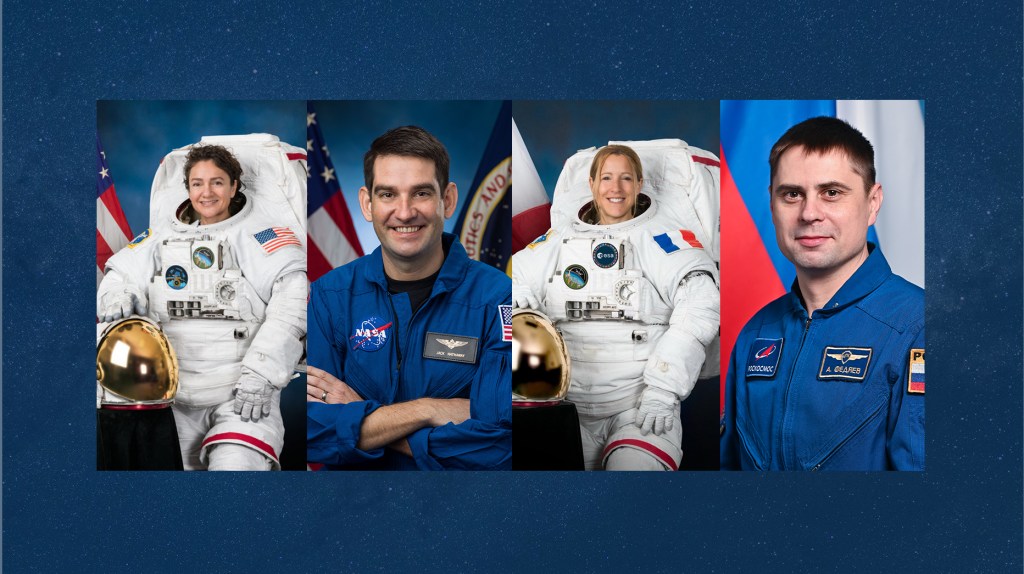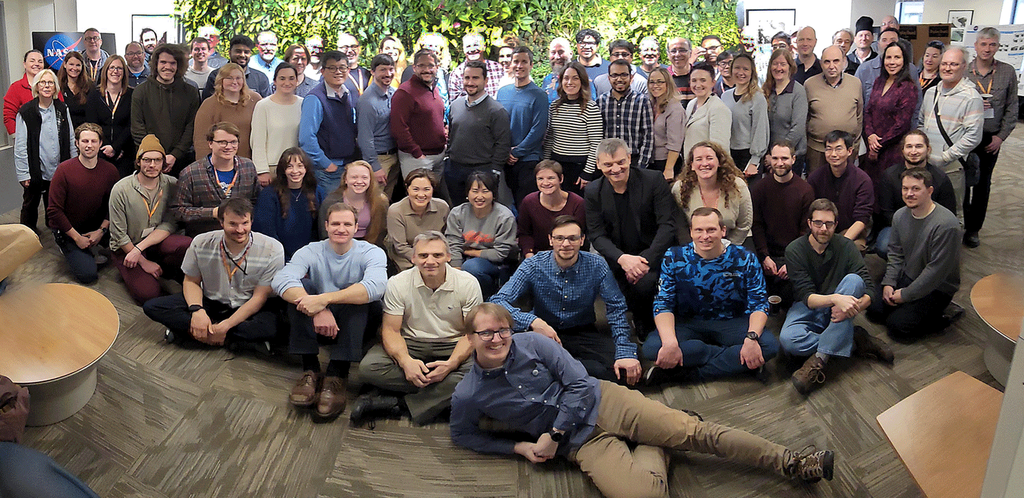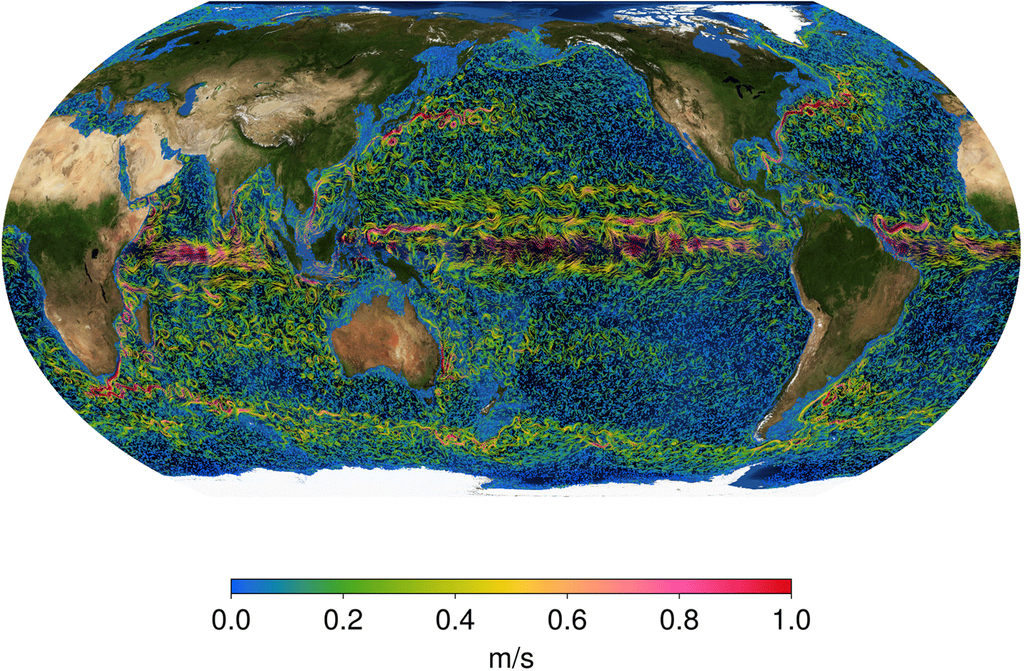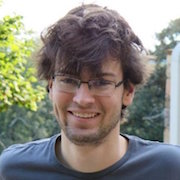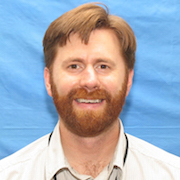The Laboratory for Advanced Sensing (LAS)
Ved Chirayath
Director, Ames Laboratory for Advanced Sensing
As a Civil Servant and Research Scientist at NASA Ames Research Center, Ved leads the Laboratory for Advanced Sensing (NASA Ames LAS) in the Earth Science Division. His research and investigations are directed at developing innovative advanced sensing technologies for NASA’s Earth Science Program to better understand the natural world around us and extend our capabilities for studying life in extreme environments. He works with a multi-disciplinary team to develop new instrumentation for airborne and spaceborne remote sensing, validate instrumentation through scientific field campaigns, and develop machine learning algorithms to process Earth Science data on the NASA Ames Earth Exchange (NEX) supercomputing facility.
Ron Instrella
Research Engineer, NASA Ames Research Center
NASA Earth Science Division
Ron is a Research Engineer in the Earth Sciences Division at NASA Ames Research Center. His work focuses on using computer vision and image processing to support airborne and space-based remote sensing missions, including contributions to the development of Fluid Lensing, using machine learning methods to analyze NASA earth science datasets, software development for custom-designed integrated optical imagers for high-resolution Fluid Lensing validation, hyperspectral imaging applications for UAV and AUV remote sensing, and morphometric analysis of stromatolite taxonomy using image processing. Ron received both his B.S. and M.S. in electrical engineering from Stanford University.
Alan Li, Ph.D.
Research Engineer, NASA Ames Research Center
NASA Earth Science Division
Alan is a Research Engineer in the Earth Sciences Division at NASA Ames Research Center. His primary interest is in the area in dynamics, estimation, optimization, and data mining as it relates to measuring key parameters furthering terrestrial and atmospheric science. His current work involves using machine learning to enhance classification for coral cover by combining fluid lensing techniques with existing NASA Earth Science datasets, as well as design of satellite constellations supporting Fluid Lensing technology. His previous research includes estimation of atmospheric neutral densities from equivalent platforms, such as CubeSats or meteoroids, as well as observation of the orbital debris environment. Alan received his B.S. at University of Waterloo, and his M.S. and Ph.D. at Stanford University.
Will Roderick
Research Engineer, NASA Ames Research Center
Graduate Student, Stanford University
Will Roderick is a Research Engineer in the Earth Sciences Division at NASA Ames. His work focuses on airborne remote sensing system design and development for a number of projects, including Fluid Lensing and hyper spectral imaging applications. For his graduate study, he is researching bio-inspired MAV design for arboreal perching.
Jarrett van den Bergh
NASA Intern, Laboratory for Advanced Sensing
Undergraduate Student, University of California, Santa Cruz
Jarrett is Research Associate and a Computer Science: Game Design major at University of California, Santa Cruz. His work involves creating interactive and virtual experiences for the Laboratory for Advanced Sensing. He is currently working as the lead programmer of the UCSC Game Design and Art Collaboration and as an artist on two of the UCSC Game Design senior capstone projects.
Collaborators
Matt Fladeland
Airborne Science Manager, NASA Ames Research Center
NASA Earth Science Division
Matt is a Research Scientist and serves as Airborne Science Manager at NASA Ames Research Center. His background involves remote sensing of ecosystems for understanding carbon cycling and emissions. His recent work has involved the applications of unmanned aerial vehicles for providing measurements in remote or dangerous regions. A recent example was the use of a Dragon Eye UAV over the Turialba volcano in Costa Rica to provide SO2 measurements in support of ASTER algorithm validation.
Sreeja Nag, Ph.D.
Research Engineer, NASA Ames Research Center, Bay Area Environmental Research Institute
Sreeja Nag is a research scientist and engineer, working on applications of CubeSat constellations and formation for earth observation. She is a co-investigator for NASA GSFC’s AIST effort in developing an open-access software tool for constellation design and trades; and a co-investigator for NASA ARC’s CIF effort in designing satellite communication methods for air traffic monitoring in remote areas. She studies mission planning and operations for Fluid Lensing from space, especially the potential to scale up the satellite numbers for frequency monitoring of global coral reefs. Sreeja has a PhD from MIT in Space Systems Engineering, a dual SM from MIT in Aerospace Engineering and Technology & Policy, and a BS in Exploration Geophysics from IIT Kharagpur.
NASA LAS Alumni
-
Charlene Cuellar, UCSD
-
Meghan Dick, USGS
-
Leo Kheyn, RIT
-
Andrew Pelos, Pomona
-
Megan Prakash, MIT







